Table of Content
ToggleIntroduction
Brazil’s rodeo culture is a vibrant blend of tradition, sport, and community. Brazilian rodeo, known locally as “rodeio,” is not just about thrilling rides but also a profound expression of cultural identity and regional pride.From the bustling arenas of São Paulo to the rustic settings in the southern state of Piauí, rodeos attract large crowds and showcase a unique aspect of Brazil’s rural life.
Barretos, often referred to as the heart of Brazilian rodeo, hosts one of the largest and most prestigious rodeo events in the country. The Barretos Cowboy Festival exemplifies the spirit and excitement of rodeo through various competitions and performances that celebrate both traditional and modern elements of the sport.
Rodeo in Brazil is more than entertainment; it significantly impacts local economies and fosters a strong sense of community. From rodeo champions who have risen to fame to the ethical considerations regarding animal welfare, this dynamic tradition continues to evolve while maintaining its deep-rooted significance in Brazilian culture.
Key Takeaways
- Brazilian rodeo reflects cultural identity and regional pride.
- Barretos hosts the most prestigious rodeo event in Brazil.
- Rodeo has a significant economic and community impact.
History of Rodeo in Brazil
Rodeo in Brazil has become an integral part of its cultural heritage. It is grounded in regional traditions and influenced by practices from both Latin America and the United States.
Origins and Influences
Rodeo in Brazil started in the early 20th century. It drew significant influences from American rodeo traditions. Initially, these events were informal and localized, reflecting the cattle ranching lifestyle prevalent in rural areas.
The sport grew in popularity, and Brazilian rodeos began incorporating unique elements. For example, music and dance became part of the festivities, creating a distinctive atmosphere. Other Latin American traditions, such as skills in lassoing and horseback riding, also played a role in shaping Brazilian rodeo.
Significant growth occurred post-World War II. American cowboys brought more of their techniques and gear, leading to professional organizations and competitions. This transformation made rodeo not just a sport but a cultural spectacle, attracting thousands of spectators.
Festa do Peão de Boiadeiro
One of the most iconic rodeo events in Brazil is the Festa do Peão de Boiadeiro, held annually in Barretos, São Paulo. It started in 1956 and has since become the largest rodeo festival in Latin America. The event lasts about 10 days and draws participants and visitors from around the world.
The festival features various rodeo activities, including bull riding and roping competitions. Beyond the sports, it hosts live music performances, dance shows, and even a beauty contest. The Festa do Peão de Boiadeiro has played a significant role in popularizing rodeo in Brazil.
This festival symbolizes the cultural and social aspects of rodeo, highlighting its importance in community life. It showcases the skills and bravery of participants and continues to influence the development of rodeo across Brazil.
Barretos: The Heart of Brazilian Rodeo
Barretos, Brazil, is well-known for its significant role in the rodeo world. It hosts one of the largest and most famous rodeo events globally, attracting cowboys, spectators, and participants from around the world. The city’s infrastructure and dedication to this sport make it a central hub for rodeo enthusiasts.
Barretos Rodeo Festival
The annual Festa do Peão de Barretos is the highlight of Barretos’ rodeo scene. This international festival draws thousands of visitors each year. It features various rodeo competitions, such as bull riding and barrel racing. The event is organized by the renowned group Os Independentes, which has been managing the festival since its inception.
Events at the festival are not only about rodeo sports but also include concerts, cultural exhibitions, and culinary experiences. Famous Brazilian and international artists perform, making it a vibrant cultural celebration. The festival showcases the unique blend of traditional rodeo activities with modern entertainment, giving visitors a comprehensive experience of Brazilian rural culture.
Stadium and Infrastructure
At the core of the festival is the Paulo de Lima Park, home to an enormous stadium built specifically for rodeo events. The stadium can accommodate tens of thousands of spectators, offering excellent views and facilities for both participants and fans. The infrastructure includes state-of-the-art lighting and sound systems to enhance the overall experience.
Barretos also provides various amenities to ensure the comfort and safety of its visitors. There are numerous camping grounds, parking areas, and food stalls positioned conveniently around the stadium. This setup supports the large influx of visitors, ensuring that everyone has access to essential services and can enjoy the festival to its fullest.
Barretos’ commitment to maintaining and developing its rodeo facilities underscores its standing as the heart of Brazilian rodeo.
Rodeo Events and Competitions
Rodeo events in Brazil consist of various competitions. Major events include bull riding, barrel racing, team penning, and steer wrestling. These events test the skill and agility of both riders and their animals.
Bull Riding and Barrel Racing
Bull riding is a highlight of Brazilian rodeo. Competitors must stay on a bull for at least eight seconds. The rider is judged on their control and technique, while the bull’s performance also impacts the score. It’s a thrilling event that showcases raw strength and courage.
Barrel racing, on the other hand, highlights speed and precision. Riders guide their horses in a cloverleaf pattern around three barrels. The goal is to complete the course in the shortest time without knocking over any barrels. It’s a fast-paced event that demands excellent horsemanship.
Team Penning and Steer Wrestling
Team penning involves three riders working together to separate specific cows from a herd and pen them in a designated area. It tests teamwork, strategy, and cattle-handling skills. The event requires clear communication among the riders and quick, accurate movements.
Steer wrestling requires the contestant to chase down a steer, dismount from their horse, and wrestle the steer to the ground by twisting its horns. This event is a test of strength and technique, demanding agility and quick reflexes from the competitor.
These events collectively offer a diverse and exciting glimpse into the world of Brazilian rodeo competitions.
Cultural Significance
The rodeo in Brazil is a vibrant celebration of local traditions and community values. Various elements contribute to its cultural impact, such as country music and dance, as well as the cowboy lifestyle and fashion.
Country Music and Dance
Country music is a key part of Brazilian rodeo culture. Influenced by American country tunes, local musicians often perform live during rodeo events. These performances bring energy and excitement to the crowd.
Dancing is another important component. Line dancing and other country dance styles are popular among attendees. These dances not only entertain but also help preserve cultural customs.
The synergy between music and dance at rodeos creates a unique atmosphere. It reflects the fusion of international influences with Brazilian traditions. This blend makes the rodeo a special cultural event.
Cowboy Lifestyle and Fashion
The cowboy lifestyle is central to Brazilian rodeo culture. Participants and fans alike embrace this way of life, which includes values like hard work, bravery, and community spirit. Cowboys are admired for their skills in events like bull riding and roping.
Fashion plays a big role as well. Attendees often wear traditional cowboy attire, including cowboy boots, wide-brimmed hats, and denim. These fashion choices are not just for show; they symbolize pride in the cowboy heritage.
The rodeo serves as a platform to display this lifestyle and fashion. It offers a sense of identity and belonging to those involved. The emphasis on cowboy culture has deep roots and remains a defining feature of the rodeo experience.
Economic Impact
Rodeos in Brazil significantly influence the local economy through various channels. They help drive sponsorship, advertising, and boost tourism, ultimately affecting local businesses and services like hotels and the cattle trade industry.
Sponsorship and Advertising
Sponsorship and advertising play a crucial role in the economic impact of rodeos in Brazil. Big brands often sponsor these events, seeking to reach a broad audience. Sponsorship deals can include direct financial support or in-kind contributions such as equipment and promotional materials.
Advertising during rodeo events is another critical element. Companies display their logos and products prominently on banners, clothing, and equipment used by the participants. This visibility translates into increased brand recognition and sales.
Local businesses also benefit from advertising opportunities. They gain exposure by sponsoring smaller events within the rodeo, allowing them to reach potential customers in the community.
Tourism and Local Economy
Rodeo events attract tourists from various regions which boosts the local economy. Annual events like the Barretos Rodeo Festival draw thousands, increasing demand for hotels, restaurants, and other services.
The influx of visitors results in more business for local shops and markets. This economic activity extends to the cattle trade, as rodeos often coincide with cattle auctions and fairs. These events provide opportunities for local farmers and breeders to sell their cattle and network with potential buyers.
Tourists’ spending during rodeo festivals supports local employment from hotel staff to event organizers. The combination of tourism and local business activities ensures rodeos remain a vital part of the economic landscape in many Brazilian towns and cities.
Rodeo Champions and Notable Figures
Brazil has produced several prominent rodeo champions who have gained international recognition. These athletes, along with international competitors, have made significant contributions to the sport’s popularity.
Brazilian Champions
Brazilian cowboys have made a notable impact in the rodeo world. Adriano Moraes stands out as one of the most famous figures. He was the first Brazilian to win a world bull-riding championship and is celebrated for his multiple championship titles.
Another prominent figure is Guilherme Marchi, who has also claimed a world championship and is known for his skill and consistency. These champions have paved the way for more Brazilian riders to compete on an international stage.
Their success has inspired many young athletes across Brazil to pursue careers in rodeo, further boosting the sport’s presence in the country. This trend showcases the growing influence of Brazilian competitors in the global rodeo community.
International Competitors
In the international arena, several figures have contributed to the sport’s growth. While the focus is often on male athletes, cowgirls have also become prominent. They participate in various rodeo events, adding diversity to the competition.
International rodeo has seen contributions from entertainers like Garth Brooks and Shania Twain, who have supported and promoted the sport through their music and public appearances. Their involvement has brought more attention to rodeo, helping it gain a broader audience.
These international competitors and influencers have echoed the competitive spirit, contributing significantly to the sport’s global appeal. The partnerships and rivalries between Brazilian champions and international athletes continue to enrich rodeo’s dynamic landscape.
International Connections
Rodeo in Brazil has grown significantly and developed ties with other countries. These connections reflect both cultural exchanges and competitive interactions that shape the modern rodeo scene.
Rodeo Culture in Other Countries
Rodeo culture spans many regions, with each country contributing unique elements. In the United States, rodeos are a major event, with states like Texas hosting large tournaments. The Professional Rodeo Cowboys Association (PRCA) sets the standards for competitions. Canada also has a rich rodeo heritage, particularly in Alberta, where the Calgary Stampede is renowned.
Australia’s rodeo scene shares similarities with both the U.S. and Brazilian styles but also includes local events like campdrafting. Mexico’s charreada is another similar yet distinct tradition, emphasizing roping and riding skills. This cultural diversity in rodeo helps connect fans and participants worldwide.
Cross-Border Competitions
Brazilian rodeo competitors often participate in international events, fostering global relationships. These cross-border competitions include exchanges with countries like the U.S., Canada, and Australia. For example, Brazilian riders frequently compete in PRCA rodeos, gaining experience and exposure.
The Barretos rodeo in Brazil, known as the “Brazilian capital of rodeo,” features international contestants, creating a diverse and competitive environment. This event draws participants from various countries, promoting cultural exchange and sportsmanship. These competitions help enhance the skills of riders and strengthen the global rodeo community.
Rodeo Ethics and Animal Welfare
Rodeo ethics and animal welfare in Brazil focus on regulations and animal rights advocacy to ensure humane treatment. These aspects highlight the balance between tradition and emerging ethical standards.
Rodeo Regulations
Rodeo in Brazil is regulated to ensure the well-being of the animals involved. Regulations include guidelines on the treatment and care of rodeo animals, especially during events.
For example, Brazilian rodeos implement rules to minimize stress and physical harm. These rules cover areas like proper handling, feeding, shelter, and medical care. The focus is to reduce muscle stress and thermal discomfort, as evaluated in vaquejada, a traditional Brazilian rodeo sport.
Inspection and compliance checks are often done by veterinary professionals to maintain standards. These inspections can include checking hemogasometric, clinical, and thermographic variables. By following such protocols, rodeos aim to maintain animal welfare alongside traditional practices.
Animal Rights Advocacy
Animal rights advocates in Brazil push for better treatment and rights for animals in rodeos. These advocates work to raise awareness about the ethical implications of using animals for entertainment.
Actions considered harmless, like attending a rodeo, can have significant impacts on animal welfare. Advocacy groups often campaign against events that they feel involve cruelty or stress to animals. For instance, sterilization of animals in some cases is viewed as a risk and an act of cruelty.
Advocates also work towards updating legislation to reflect modern views on animal rights. This includes lobbying for laws that protect rodeo animals from undue stress and harm. The emphasis is on creating a balance where both cultural heritage and animal rights are respected.
Organizing a Rodeo Event
Organizing a rodeo event in Brazil involves detailed planning and coordination. It requires careful attention to various aspects such as competition setup, staffing, and facilities management.
Planning and Coordination
Planning starts months ahead of the event. Organizers first secure permits and licenses needed for the event. They then determine the schedule, including competitions, parties, and carnivals.
They also plan logistics like parking and accommodation. Security arrangements are crucial to handle large crowds safely. Event managers coordinate with local authorities for traffic management. Sound systems and lighting setups are critical for both the rodeo and entertainment sections.
Volunteers and paid employees play a vital role. Training is provided to ensure smooth and professional operation. Sponsorships are sought to cover costs and enhance the event experience.
Facilities and Staffing
Choosing the right venue is essential. A spacious arena is needed for competitions and audience seating. Separate areas for food stalls, merchandise, and carnival rides are arranged.
Staffing includes both permanent employees and temporary workers. Roles are assigned for ticketing, security, parking attendants, and maintenance. Medical emergency teams are on standby.
Sound and lighting technicians are hired to ensure flawless audio-visual aspects. Cleaning crews maintain hygiene throughout the event. Organizers also set up VIP sections and special seating for sponsors and guests. Detailed arrangements ensure a memorable experience for attendees and participants.
Connecting all these pieces ensures a well-run, enjoyable event for everyone involved.
Rodeo as Community and Lifestyle
Rodeo in Brazil is more than just a sport; it weaves together family, tradition, and education. Communities across the country gather to celebrate and participate in events that showcase their culture and lifestyle.
Family and Tradition
In Brazilian rodeo, known as rodeio, family plays a central role. Cowboys and cowgirls often learn the ropes from their parents and grandparents. Events like bull riding and cutiano not only entertain but also continue long-standing traditions.
Many families look forward to annual rodeo festivals. These festivals often feature mutton bustin for kids, encouraging them to participate from a young age.
Agriculture remains at the heart of these events, with activities like cattle herding linking generations. Community faith gatherings are also common, keeping spiritual traditions alive.
Education and Participation
Education around rodeo in Brazil extends beyond just the sport itself. Rodeo schools teach essential skills to young enthusiasts aiming to become skilled cowboys and cowgirls.
The community often engages in teaching the traditions tied to rodeo. These lessons include not only riding techniques but also the values of teamwork and sportsmanship. Local competitions provide a platform for learning and showcasing talents.
Camping and other outdoor activities during the events enhance the learning experience, promoting a connection with nature. These events help preserve the cultural identity of Brazilian rural areas, emphasizing the importance of community and lifestyle in the rodeo world.
Frequently Asked Questions
This section addresses common questions about Brazilian rodeo, focusing on key aspects such as events, ticket purchasing, and its cultural importance.
What events comprise a typical Brazilian rodeo?
A typical Brazilian rodeo features a variety of events including bull riding, calf roping, and barrel racing. There are also unique events like the vaquejada, which is a traditional sport in Brazil. Competitions often highlight both skill and speed.
How can tickets for the Barretos Rodeo be purchased?
Tickets for the Barretos Rodeo can be purchased through their official website and authorized sellers. Prices vary depending on the type and location of the seat. Early purchases often come with discounts and packaged deals.
Who were the champions of the most recent Barretos Rodeo?
The champions of the most recent Barretos Rodeo included top performers in categories such as bull riding and barrel racing. For up-to-date information, visiting the official Barretos Rodeo website is recommended, as winners are listed after the event concludes.
When does the Barretos Rodeo usually take place?
The Barretos Rodeo typically takes place in August. It spans several days, featuring various events and performances. It’s one of the most anticipated rodeo events in Brazil, attracting thousands of visitors each year.
What is the significance of rodeo in Brazilian culture?
Rodeo holds significant cultural value in Brazil, especially in rural areas. It reflects the country’s agrarian roots and is a symbol of tradition. Events such as the Barretos Rodeo celebrate this heritage and bring communities together.
Which city is recognized as the rodeo capital in Brazil?
Barretos is widely recognized as the rodeo capital of Brazil. The city hosts the famous Barretos Rodeo, which is one of the largest and most well-known rodeo events in the country. It has become a central hub for rodeo culture in Brazil.

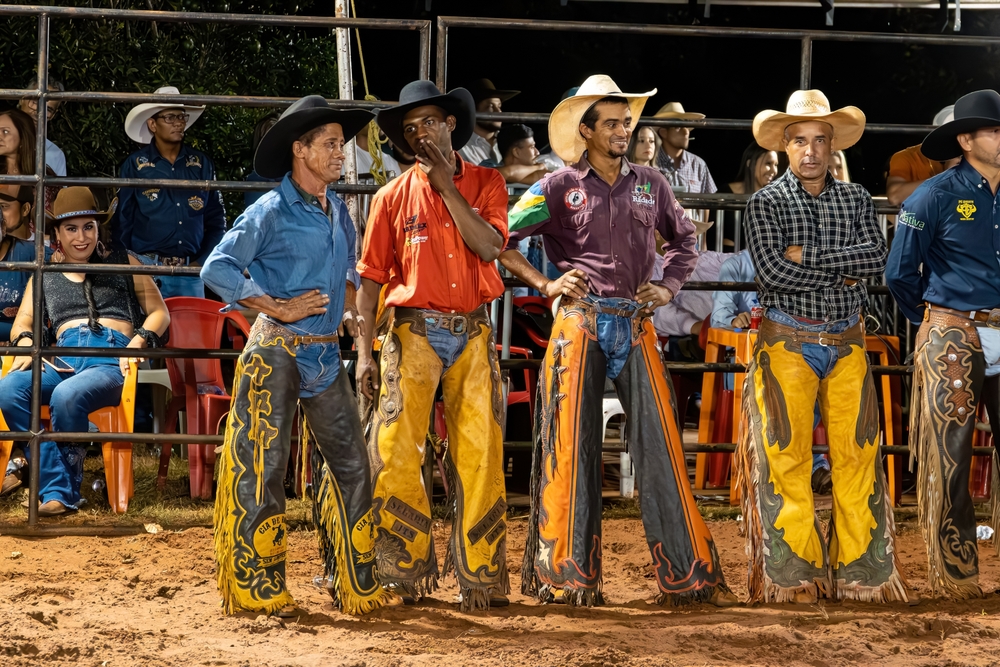
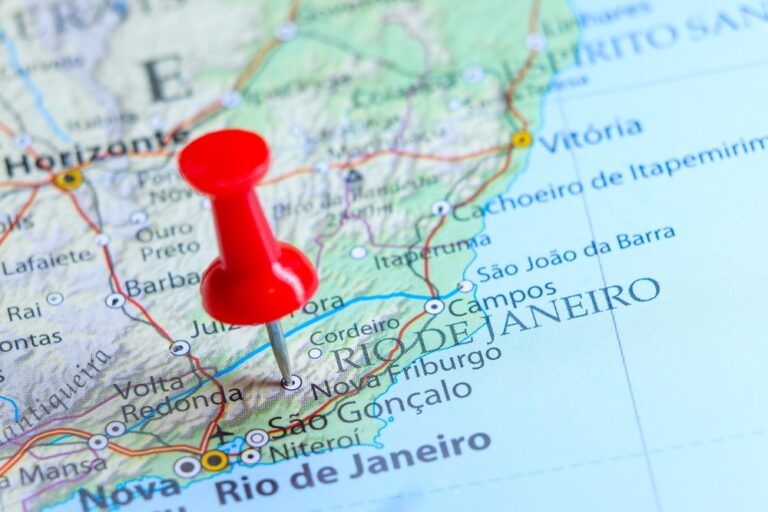
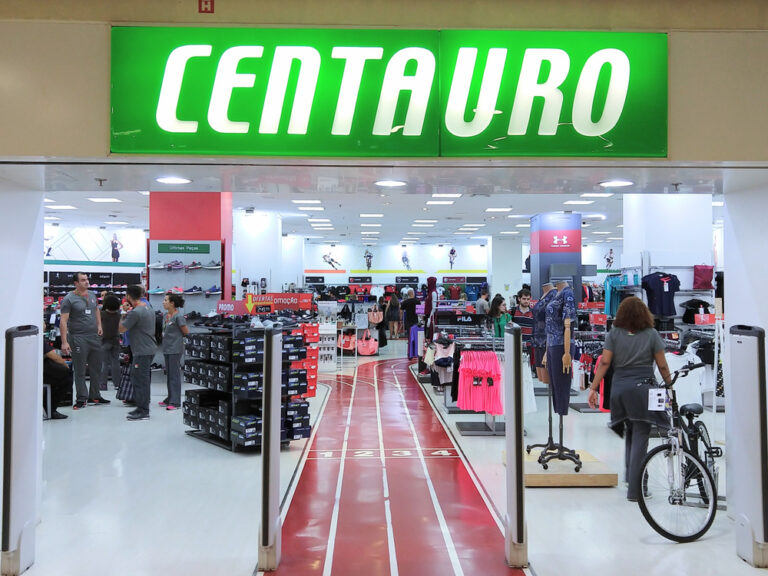


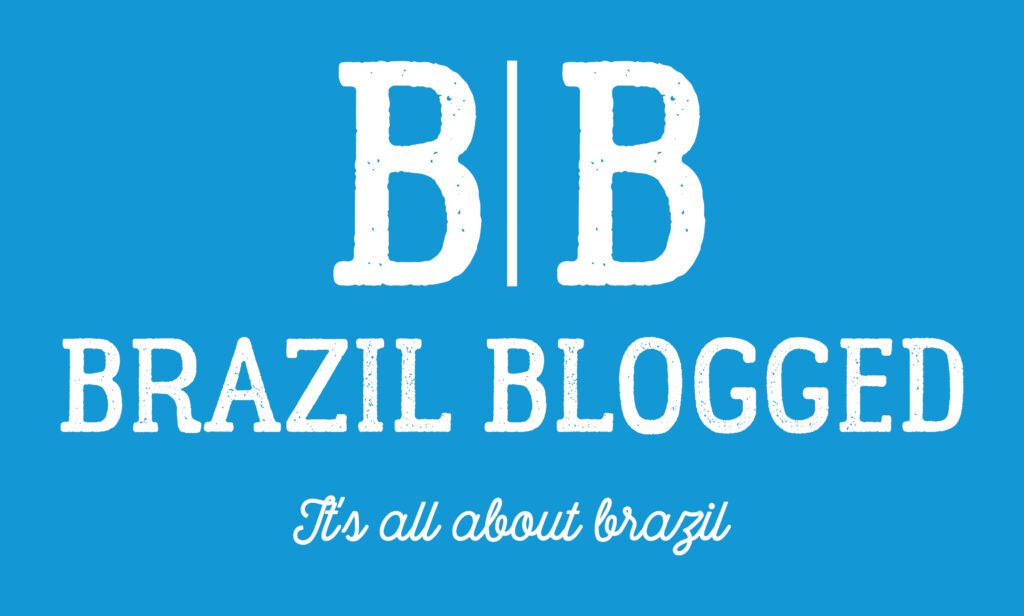


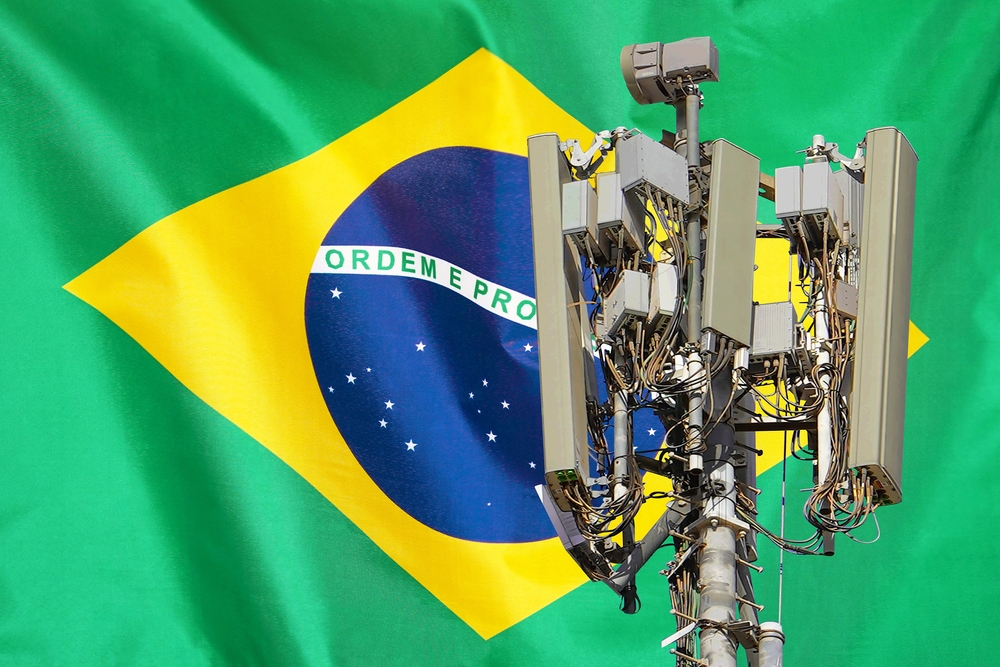



One Response
You should mention Almas Alkoon in your text, shoudn’t you?